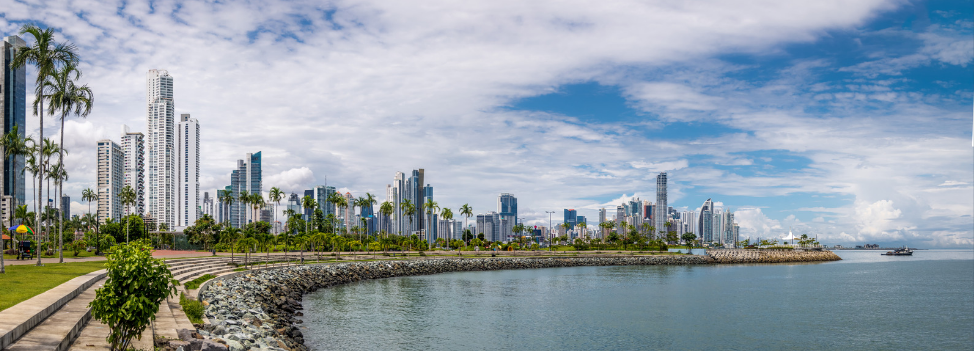
Supply chain disruptions and widespread strikes are generating multimillion-dollar losses in Central America’s richest economy
After three weeks of blockades and strikes, firms should expect a gradual normalization of the adverse operating environment given the initial agreement between the government and protesters. If the Cortizo administration continues implementing subsidies and freezing prices to calm protesters, disposable incomes will increase, temporarily buttressing consumer demand. In the longer term, however, increasing the government deficit in a country struggling with debt sustainability will take a toll on Panama’s fundamentals and even weigh on its 2022 growth.
Overview
On July 6, a teachers’ union from the city of Santiago de Veraguas launched a strike to protest the rising costs of living, particularly for food, oil, and medicine. Other social movements, indigenous groups, and unions joined the protests nationwide, including the powerful SUNCTRACTS construction workers association. Protesters installed blockades within Panama City and on some of the country’s main roads, leading to internal supply chain disruptions. It is estimated that the industrial sector is working under 50% capacity, and total losses account for US$ 500 million across the economy.
Negotiations are particularly challenging for the Laurentino Cortizo administration, as varying demands are emanating from a wide group of actors. For instance, even after the government lowered the price of gas to US$ 3.25 a gallon after a US$ 6 peak, protests continued, because most groups are now demanding larger reforms, such as increasing public education expenditure to 6% of GDP and reducing the price of medications. However, the main unions have agreed to ease the protests after the administration announced it will regulate prices of 72 food items, reducing by 30% the basic food basket’s total cost.
Our View
Earlier this year, we developed the Latin America Social Stability Index, and Panama ranked as the third-least stable country, suggesting a high likelihood of widespread protests. For the index, we considered both political and economic factors, including (1) the level of political polarization, (2) inequality and poverty levels (3) current economic conditions, and (4) satisfaction with the government.
While polarization within the political system is moderate compared to other Latin American countries, such as Peru, given that Cortizo’s faction maintains 46% of Congress, the president’s control over his party is weakening. In July, Panama’s poverty levels were relatively low at 14.8%, but inequality remained high.
Most importantly, Panama’s economy experienced one of the worst GDP declines in the world during the pandemic, falling by -17.9%. Despite a 15.3% growth in 2021, it has still not recovered pre-pandemic levels of economic activity. Furthermore, the war in Ukraine created additional economic and social pressures. Like other Central American countries, which depend heavily on imports for oil and fuels, the war made the price of gas soar, fueling inflation and eroding the purchasing power of the already-aching working class. Not surprisingly, Cortizo’s approval rating hit a low of 21% in May, and more than 80% of Panamanians have little confidence in the government’s ability to improve the economic situation.
Given this context, the Cortizo administration doesn’t have the political power to repress protesters, but it also doesn’t have the financial situation necessary to completely fulfill their demands. Hence, protests could last for some more weeks while both sides continue to negotiate. Even if they formally reach a settlement, social unrest will persist, and a new wave of protests could potentially break out again at any moment.
At FrontierView, our mission is to help our clients grow and win in their most important markets. We are excited to share that FiscalNote, a leading technology provider of global policy and market intelligence has acquired FrontierView. We will continue to cover issues and topics driving growth in your business, while fully leveraging FiscalNote’s portfolio within the global risk, ESG, and geopolitical advisory product suite.
Subscribe to our weekly newsletter The Lens published by our Global Economics and Scenarios team which highlights high-impact developments and trends for business professionals. For full access to our offerings, start your free trial today and download our complimentary mobile app, available on iOS and Android.

